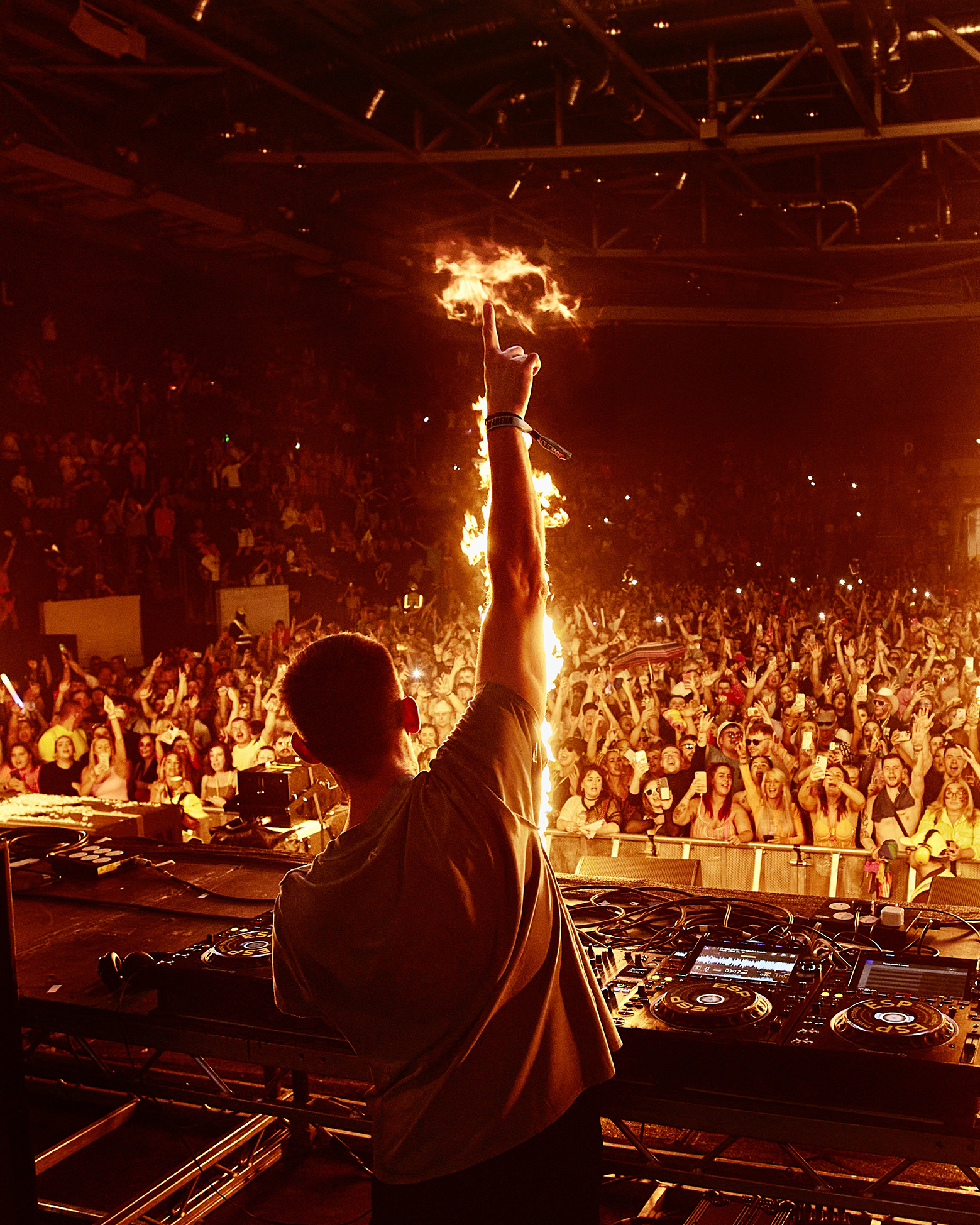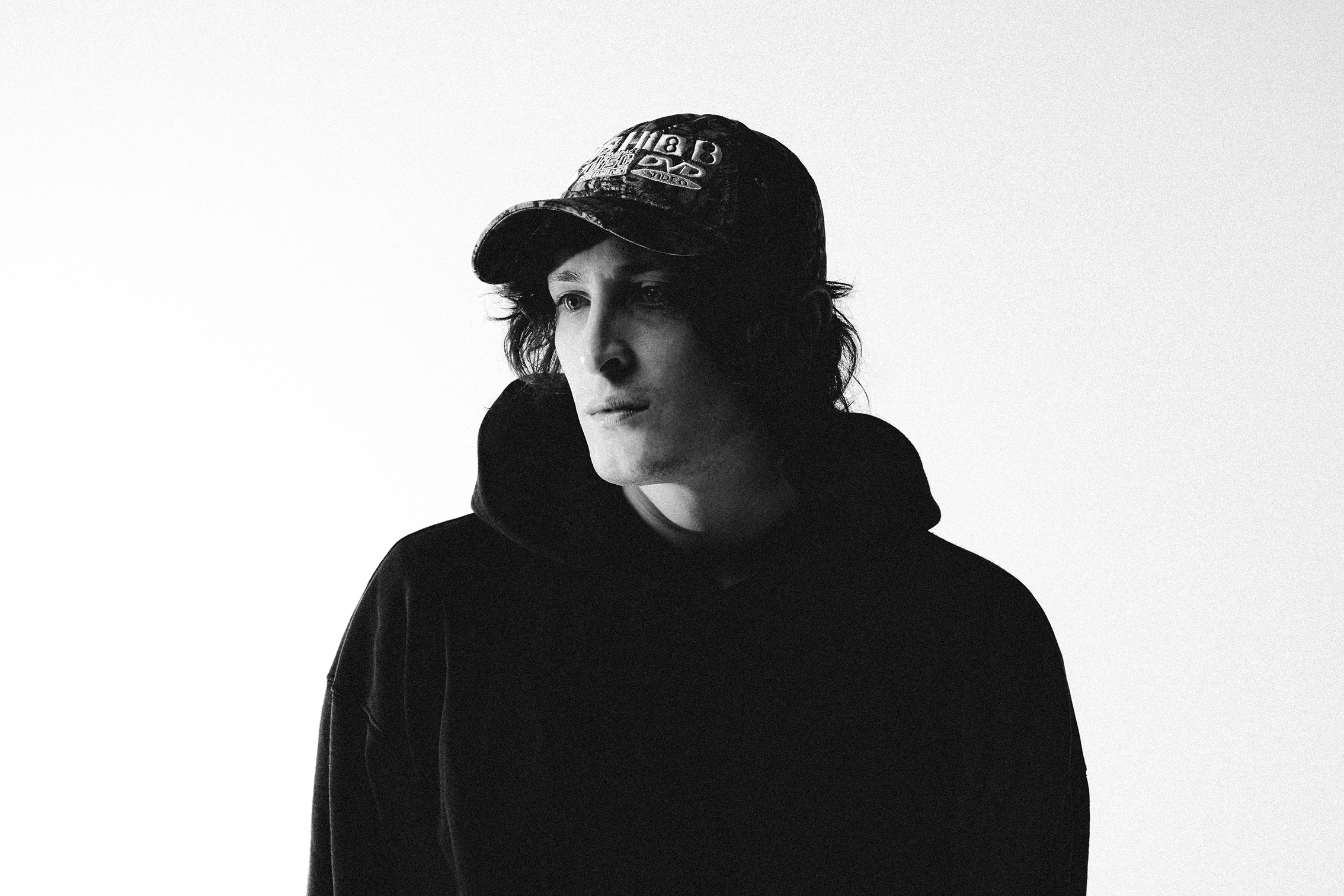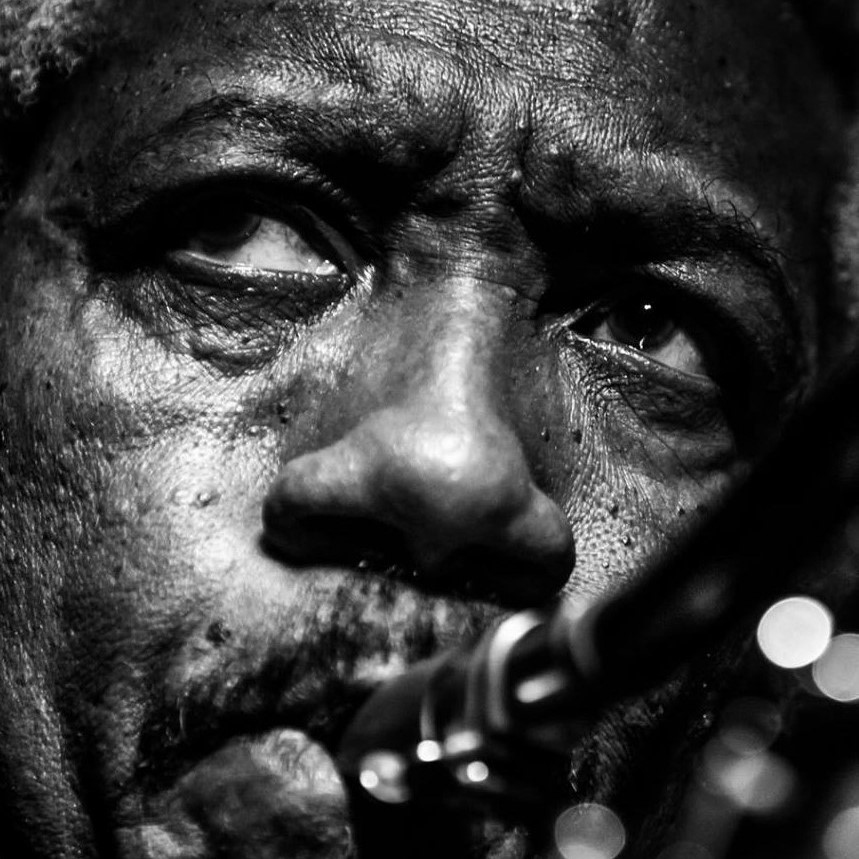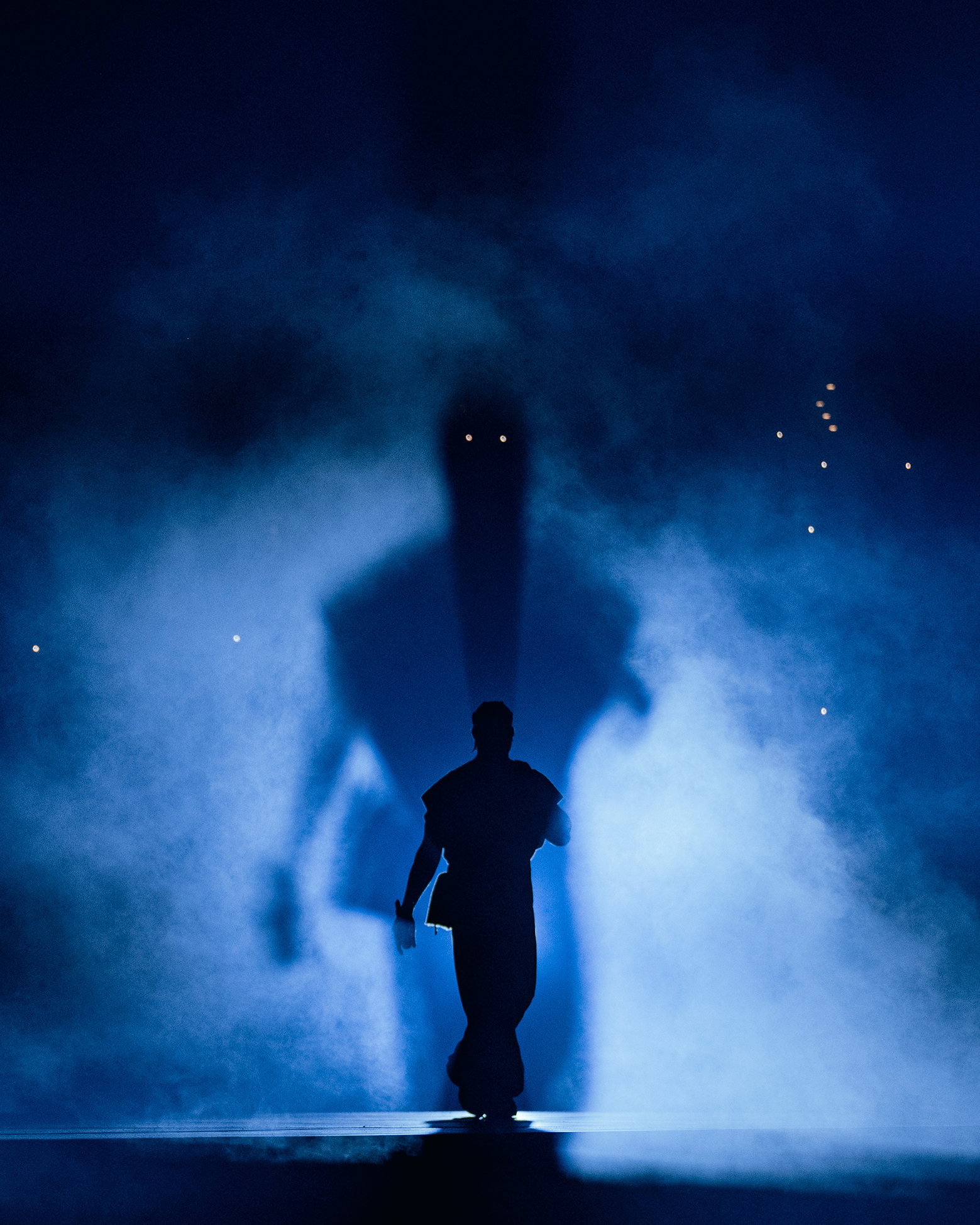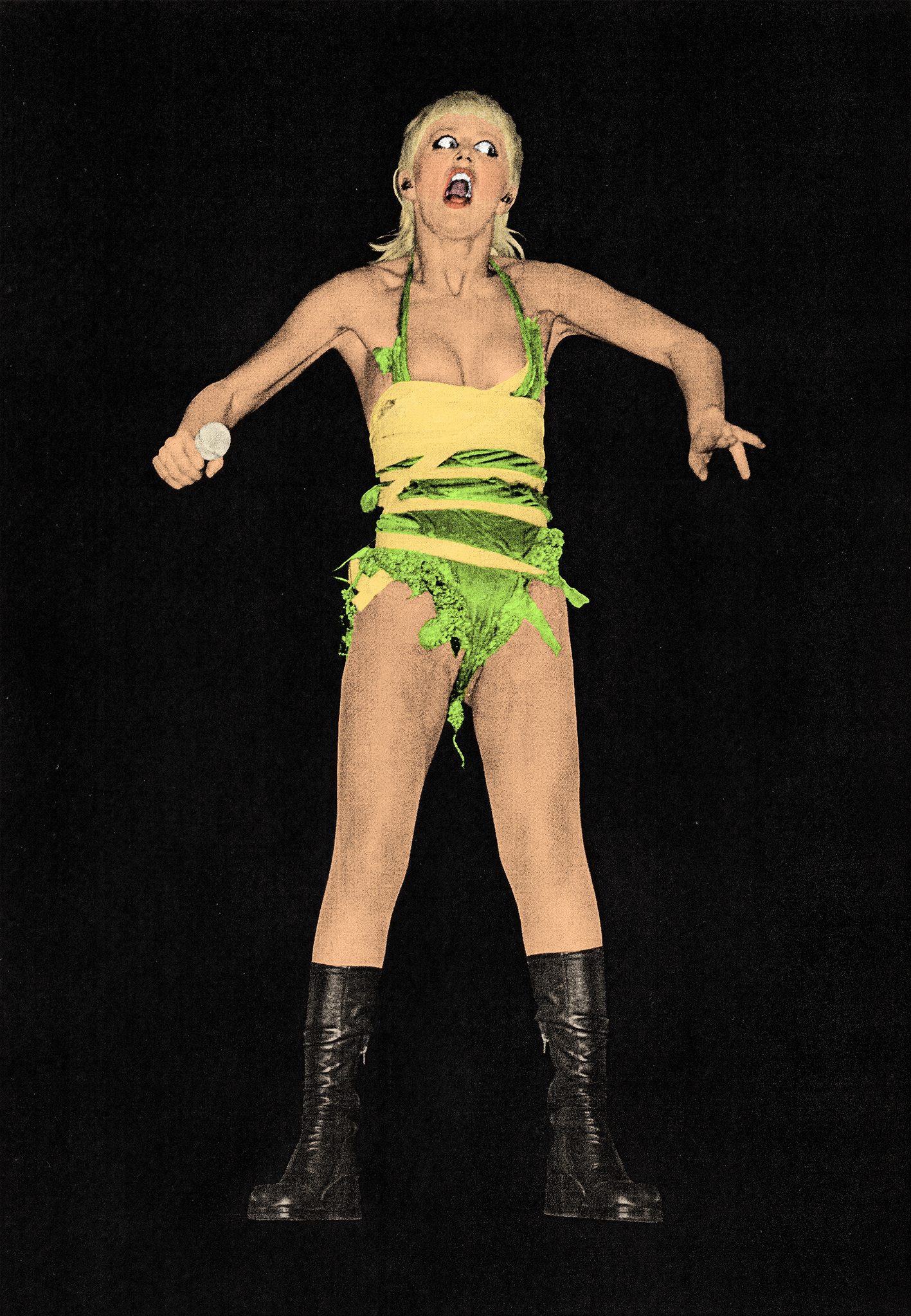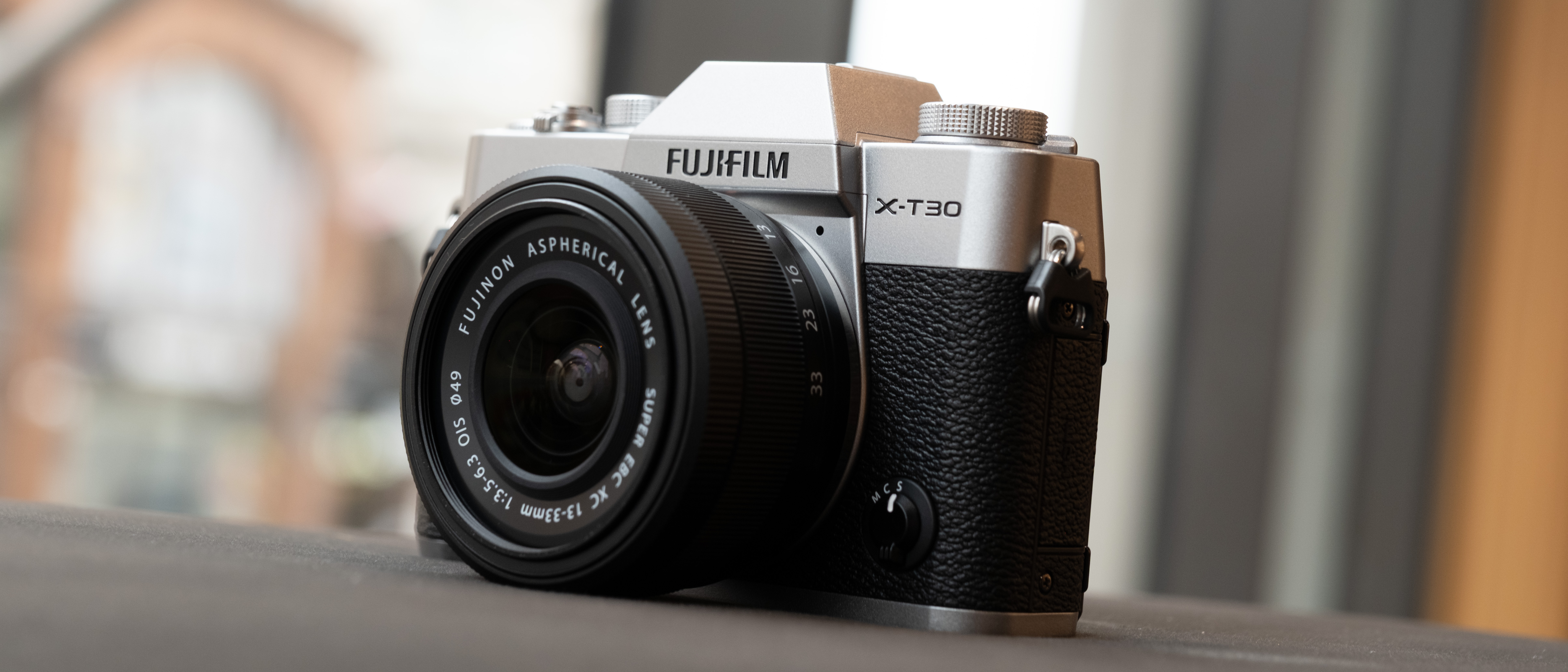Your last chance to enter the MPAs – the only global music photography awards want to see what you've captured
There's still time to submit your images to the Abbey Road Music Photography Awards. Two-time winner and judge, Tom Pallant, shares why now is the moment to enter
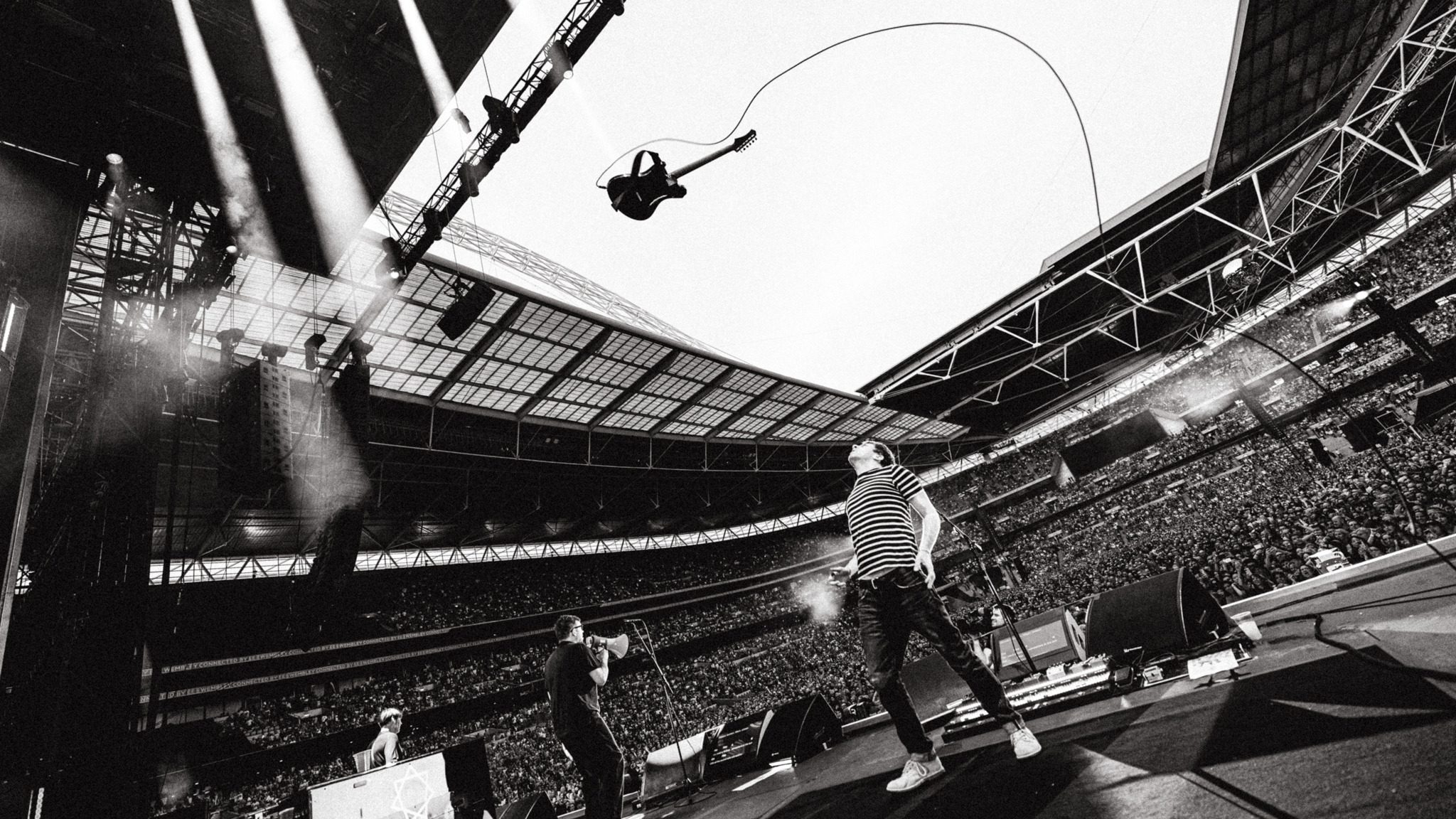
There's still time – and still every reason – to submit your work to the 2025 Abbey Road Music Photography Awards before entries close on July 28, 2025.
Now in its fourth year, the MPAs remain the only global awards dedicated solely to music photography, celebrating image-makers of all experience levels. This year's competition is bigger than ever, with eight open categories, including two new additions: Portrait and Festivals. From iconic live moments to intimate creative processes, there's a category that fits your work, and it's free to enter.
The MPAs are more than just awards. You get real opportunities: career-building exposure, tailored mentorships, and industry recognition. By entering, your work will be seen by a world-class judging panel that includes Rankin, Nile Rodgers, Djo/Joe Keery, and Janette Beckman – to name a few. And if you're under this year's winners, your work will be exhibited at Outernet London.
Joining the panel this year is photographer and creative director Tom Pallant. He is a two-time MPA winner (2023 and 2024) and now returns as a judge. I had the chance to talk to Tom about what makes a standout image, how the MPAs helped shape his career, and why now is the time to share your imagery.
To submit your work, visit mpa.photo.
Interview
After winning the awards twice, how does it feel to be on the other side this time around?
It's definitely going to be less nerve-wracking this year! I've been really lucky to win twice now, which is an incredible honour. It's a really exciting opportunity to be involved in a different way this year. I'm really looking forward to seeing the entries and getting to experience it from the other side.
The best camera deals, reviews, product advice, and unmissable photography news, direct to your inbox!
What did those wins mean to you creatively and professionally? Did they open doors for you?
Absolutely. One of the best things about the MPAs is that, beyond the amazing awards night, it hosts panels, events, and portfolio reviews. I took part in one of the MPA Late sessions, which included a panel and a portfolio review with a small group of emerging photographers. It was really valuable. It gave me a chance to reflect on my own journey and to think about what I would have wanted to hear five or six years ago.
The team at Abbey Road is always reaching out, asking if I'd like to be involved in interviews like this, workshops, or events. They do a great job of building a community that extends well beyond the awards themselves.
Is there a specific category you're looking forward to judging?
The Festival category – especially because it's new. I've done a lot of work in that space, and festivals are such a rich environment for photography. Whether it's the atmosphere, the fans, the crowd, or just a wild live shot – there's so much variety. You also get a broad mix of people, compared to a single headline show. I think the entries in that category this year will be amazing.
Also, the Undiscovered category is such an important one. It's for creatives juggling other jobs or unable to shoot full-time. This category really shines a spotlight on people who've been grinding behind the scenes, doing their thing. If that's you, go for it!
Do you have any tips for submitting work? For example, what makes a photo stand out to you?
For me, it's all about whether the images make you feel something – if it puts you there. I said this about the photo I won with in my first year: "If you can almost hear or smell the moment in the image, you're probably doing something right." If a photo can instantly transport you into the scene – capture the energy or vibe – that's what always catches my eye.
What would you say to someone sitting on a hard drive full of images but unsure whether they're 'good enough' to submit?
I think as creatives, we're often our own worst critics. We all second-guess our work. But there's a real value in sharing your images, even the ones you're unsure about. Sometimes, the ones you don't rate personally connect with someone else. So share your images, even if they're not technically 'perfect'. That's often where the magic is. I don't always follow the 'right' technical methods, but in that, I've found a style and rhythm that works for me. Don't be afraid to peel back the layers of what you've got – you might find something incredible you didn't even realise was there.
Why should creatives enter the Abbey Road Music Photography Awards?
There's so much to gain. The awards night itself is amazing. Being in a room with inspiring photographers and connecting with others who are still finding their way is really special. Outside of the awards, the Abbey Road team does a fantastic job with events, talks, panels – there's even a directory of photographers on the MPA site; I've used that myself when building teams. It's a great resource. Entering gives you a chance to reflect on your work – figure out what you want to show, and why. It's a valuable exercise.
Pro Advice
What advice would you give to creatives trying to build access or gain experience in music photography?
It's not easy – especially with so many venues closing. When I was starting, I'd just hit up local bands. Bands always want photos, especially now with social media and DIY promo being so important. I shot for a few small online magazines to get passes and shoot shows. It's all about those baby steps. Pinging out emails every week, showing up, doing the work – even if it's unpaid to start with. That work ethic is everything when you're trying to break in.
There's always that ongoing debate – gear vs. instinct, rules vs. vibes. What's your take on that?
Totally. That whole 'best camera is the one you have on you' cliche? It's true. I shoot in photo pits all the time, next to people with three bodies and lenses hanging off them. Meanwhile, I'm just using one camera body and swapping my lens. For video, I've got a second body, but for stills, it's just the one. That kind of limitation actually gives me energy – it makes me more present. Up until 2023, I was still using a £20 manual wide-angle lens made for crop sensors on a full-frame camera. And I was working with artists selling out arenas.
So yeah, gear helps – but it's really not everything. If you can capture the vibe, that's what matters most.
You might like...
Browse the best photography awards and contests for more inspiration.
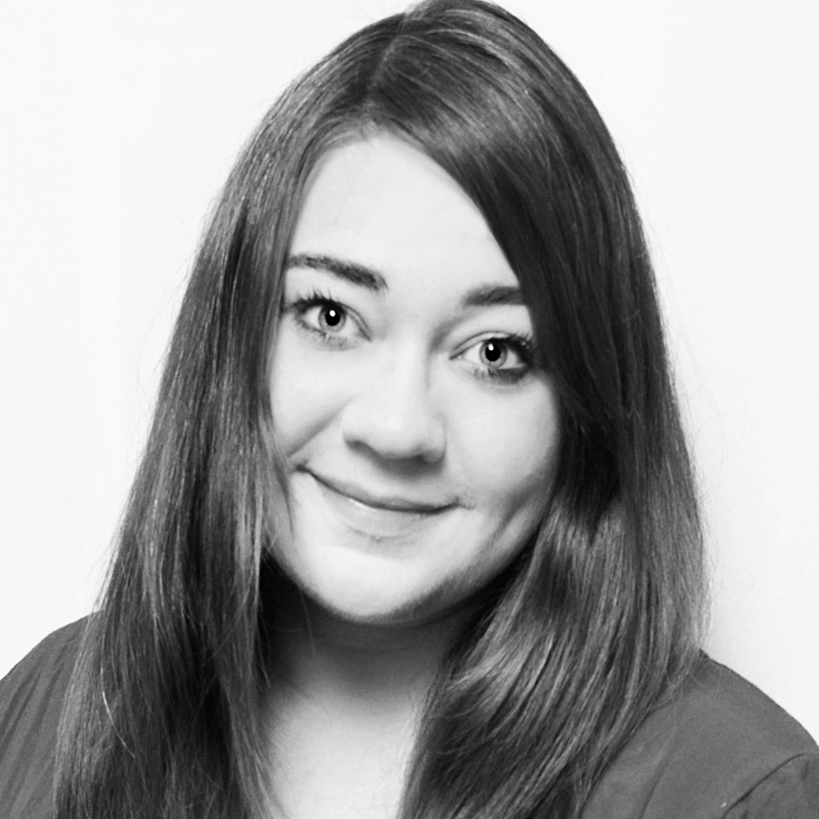
Kim is a photographer, editor and writer with work published internationally. She holds a Master's degree in Photography and Media and was formerly Technique Editor at Digital Photographer, focusing on the art and science of photography. Blending technical expertise with visual insight, Kim explores photography's time-honored yet ever-evolving role in culture. Through her features, tutorials, and gear reviews, she aims to encourage readers to explore the medium more deeply and embrace its full creative potential.
You must confirm your public display name before commenting
Please logout and then login again, you will then be prompted to enter your display name.
